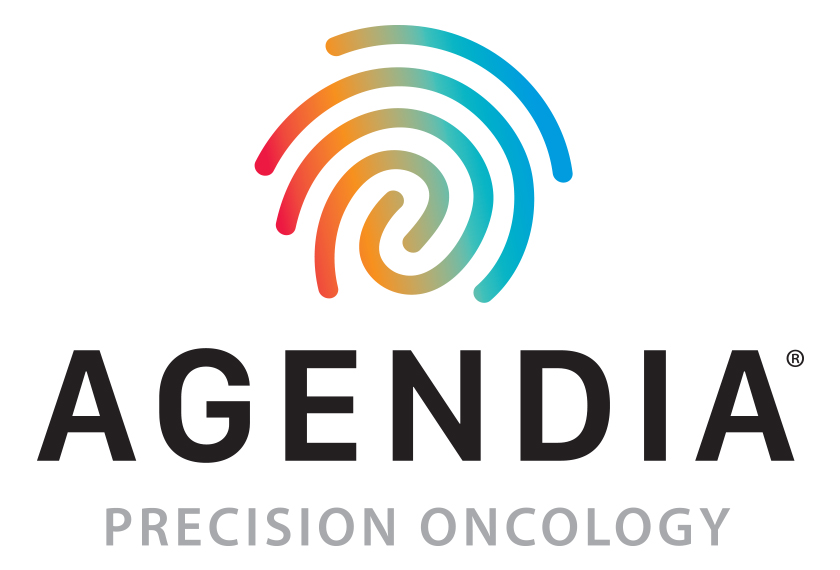The MammaPrint BluePrint Breast Cancer Recurrence and Molecular Subtyping Kit is for in vitro diagnostic use in select regions of the world outside the US for use on the Illumina® MiSeq® Next Generation Sequencing Instrument.
Technical Specifications:
- Tumor cell content should be greater than or equal to 30%
- A minimum of 100 ng (an optimum of 200 ng) of total RNA must be isolated from each FFPE sample
- Up to 16 reactions can be performed per kit, 32 indices are included
- Isolated total RNA should have a minimum DV200 (percentage of RNA fragments > 200 nucleotides) of 20%
- The MammaPrint BluePrint Capture Kit uses 120bp RNA baits to perform targeted enrichment (post capture) of the 70 MammaPrint and 80 BluePrint genes
- The MiSeq is used with the MiSeq Reagent Kit v3 (150 cycles) to generate ~200MB of single-end reads per sample
Workflow:
 Pathology
Pathology
For each tissue block, 10 slides of 5µm will be sectioned with one 5μm serial section on each slide using uncharged slides. One slide will be used for hematoxylin and eosin H&E staining to determine the tumor cell percentage and the remaining slides, depending on the size of the tissue, can all or partly be used for the RNA isolation. The invasive tumor cell percentage must be at least 30% as this is required to obtain valid results. RNA Isolation
RNA Isolation
RNA is isolated from the unstained sections using the Qiagen RNeasy FFPE kit. The optimum yield is 200 ng of RNA. Enrichment is post capture. Sample Preparation
Sample Preparation
The quality (DV200) of the isolated RNA is assessed using the Agilent Bioanalyzer 2100 instrument (or any Qualified Fragment Analyzer). Library Preparation
Library Preparation
Total RNA is fragmented, then double stranded cDNA is synthesized followed by 3’ end-adenylation and adapter ligation. The cDNA library is enriched by PCR amplification and assessed for quality and quantity using the Agilent Bioanalyzer 2100 instrument. Target Enrichment
Target Enrichment
The cDNA library is hybridized to the MammaPrint BluePrint genes. The hybridized cDNA library is captured using streptavidin-coated magnetic beads. The captured cDNA library is then PCR amplified, indexed and assessed for quality and quantity using the Agilent Bioanalyzer 2100 instrument. Sequencing Preparation
Sequencing Preparation
The captured cDNA indexed libraries are normalized and pooled for multiplexed sequencing. Up to 16 samples can be pooled per run. Sequencing
Sequencing
Samples are sequenced on an Illumina MiSeq or MiSeq DX (in RUO mode) instrument. Data Interpretation
Data Interpretation
The data is output in a FASTQ format and uploaded into secure cloud-based platform for analysis using Agendia’s proprietary algorithms. A MammaPrint and BluePrint technical report with the risk classification (High Risk, Low Risk) and molecular subtype of the tumor is provided.

